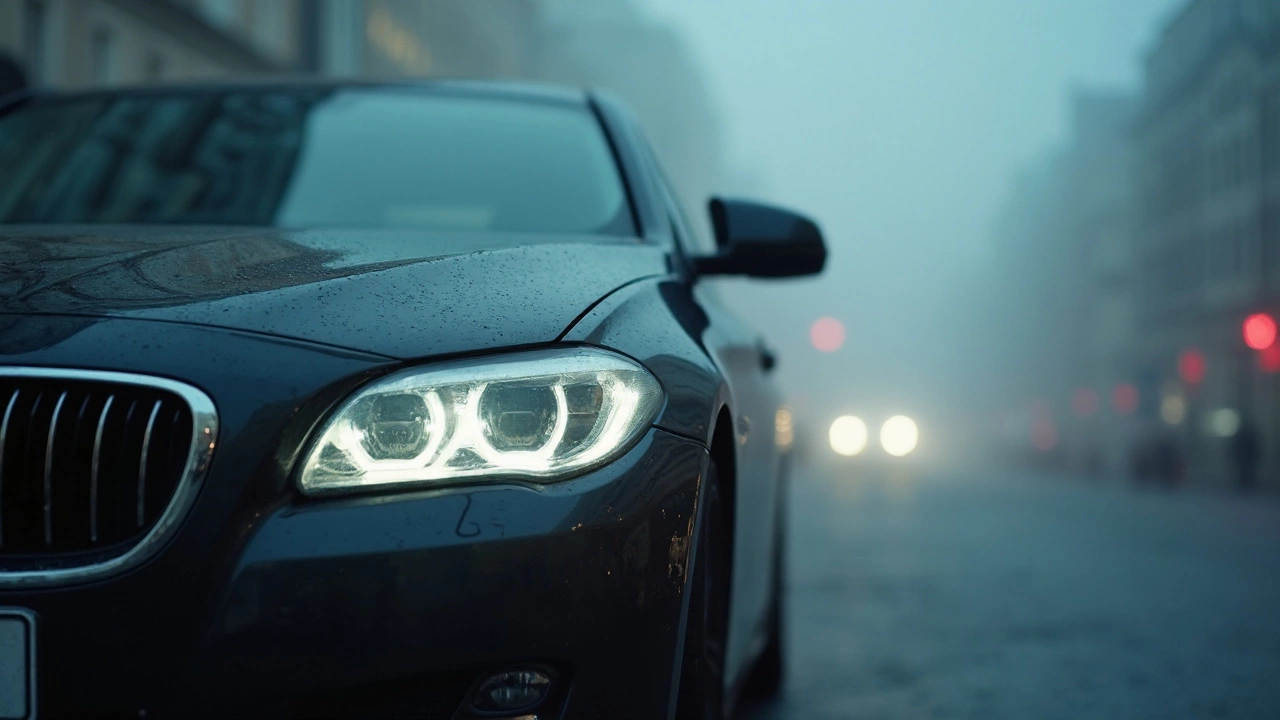Ever switched on a LED light and got nothing but darkness? That sudden blackout is called LED burn out, and it’s more common than you think. It doesn’t mean the whole system is dead; usually a tiny component gave up. In this guide we’ll break down why it happens, how to troubleshoot fast, and what you can do to stop it from happening again.
First off, LEDs are solid‑state, so they don’t have a filament that can wear out like a bulb. Their weak point is heat. If the heat sink is too small, blocked, or the ambient temperature is high, the LED chip overheats and the semiconductor degrades. Think of it like a marathon runner who never cools down – after a while, they just stop.
Another big culprit is voltage spikes. Many LED strips are powered by cheap drivers that can’t handle sudden surges from the car’s alternator or a house’s power surge. When the voltage spikes, the internal circuitry can fry, leading to immediate failure.
Quality matters, too. Low‑cost LEDs often use sub‑par components that can’t survive normal use. They might look bright at first, but their lifespan is half that of a reputable brand. So when you see early burn out, check the brand and the specs.
If a LED goes dark, start with the easiest check: the power supply. Make sure the driver is still outputting the correct voltage and that all connections are tight. A loose clip can look like a burnt‑out LED when it’s really just a bad contact.
Next, look for signs of heat. If the LED housing feels hot to the touch after a short run, add a better heat sink or improve airflow. Small fans or repositioning the strip away from heat‑generating parts can make a huge difference.
When you replace a burnt‑out LED, match the exact wattage and voltage rating of the original. Using a higher watt LED on a driver that’s designed for lower power can cause the driver to overheat and fail the whole line.
For long‑term reliability, invest in a quality driver with built‑in surge protection. In a car, look for drivers rated for automotive use – they’re built to handle the voltage swings that come from the alternator.
Finally, regular maintenance helps. Dust and debris can trap heat, so clean the LEDs and their housing every few months. If you’re using LEDs in a garage or workshop, keep the area well ventilated.
In short, LED burn out is usually a heat or voltage issue, not a magic mystery. By checking power, managing heat, and using good quality parts, you’ll keep your lights shining bright for years to come.

LED headlights are known for efficiency and longevity, but what happens when they burn out? Unlike traditional bulbs, replacing built-in LED lights isn't straightforward. This article explores common reasons for their failure, repair options, and tips for prolonging lifespan. Gain insights into the differences between LED and traditional headlights.